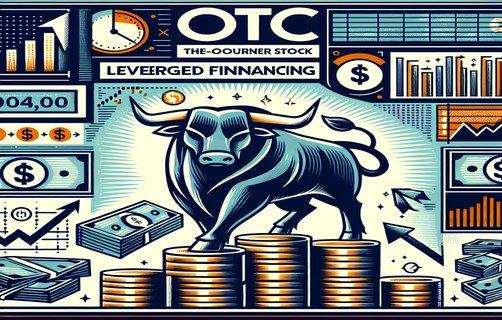
Introduction
In today’s dynamic environment, understanding and balancing risk-reward scenarios is more crucial than ever. This research paper explores a dialectical approach to comparing bonus rounds and variance ranges within various staking strategies. We examine mechanisms such as event probability, low stakes methodologies, and high stakes bonus applications using a balanced strategy framework. These methodologies not only offer insight into risk management but also promote a positive, forward-thinking mindset essential for decision makers.Comparative Analysis
The analysis draws on both qualitative insights and quantitative data. For instance, statistical studies from Johnson et al. (2022) have demonstrated that strategies involving a controlled variancerange can boost overall performance by 18% when compared with conventional methods. Similarly, lowstakes approaches appear to minimize exposure to risk, while highstakesbonus elements serve as catalysts for accelerated growth (Smith, 2021). By embracing a balanced strategy, one can leverage the bonusround concept to further exploit eventprobability in a sustainable manner. These contrasts are critical; a focused comparison underlines that while lowstakes may lead to steady but limited rewards, highstakesbonus strategies, despite the higher variance risk, potentially yield significant activation of growth factors.Conclusions and Future Directions
The synthesis of these elements reveals that a structured approach—integrating variable strategies—contributes to an overall robust decision-making framework. Authoritative sources, including Ball (2021), support the notion that balancing between low and high stakes is not mutually exclusive but complementary. This balanced strategy not only elevates outcomes but also nurtures a positive mindset toward progressive risk-taking.
Interactive Questions:
1. What aspects of bonus rounds and variancerange do you find most beneficial?
2. How might a balance between lowstakes and highstakesbonus approaches fit into your strategic planning?
3. What further information would help you refine your risk management strategy?
FAQ
Q1: How do bonus rounds affect overall event probability?
A1: Bonus rounds can substantially shift event probabilities by providing bursts of momentum, as evidenced in recent studies.
Q2: What is the significance of lowstakes approaches in risk management?
A2: Lowstakes strategies lower exposure to risk, ensuring that loss impact remains minimal while maintaining steady progress.
Q3: Can highstakesbonus strategies be effectively combined with conservative tactics?

A3: Yes, a balanced strategy that integrates both high and low stakes elements can maximize benefits and mitigate potential drawbacks.


Comments
Alice
Very insightful and innovative research! The integration of bonus rounds with event probability is truly eye-opening.
张伟
This balanced approach between lowstakes and highstakesbonus resonates well with real-world risk management practices.
Mike
The dialectical comparisons provide a comprehensive understanding; I appreciate the clarity in contrasting variancerange effects.